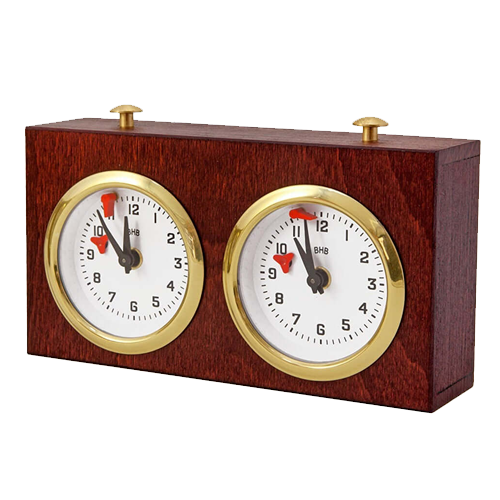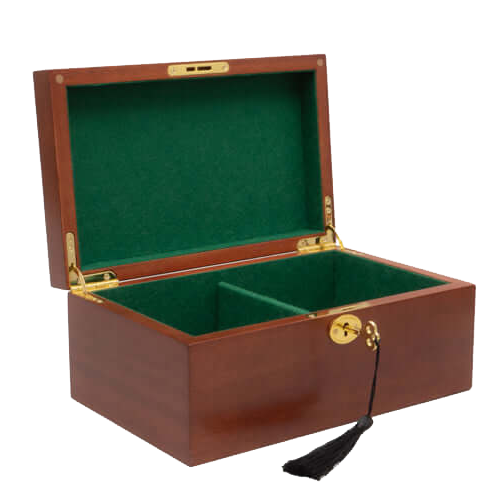Chess Variants from Around the Globe
Chess is one of the world’s most beloved strategy games, known for its rich history and timeless appeal. But did you know that the classic game we all recognise is just one of many chess variants played worldwide?
From ancient traditions to modern innovations, chess variants offer unique twists on the classic rules, pieces, and board layouts. In this post, we’ll explore some of the most intriguing chess variants from around the globe - perfect for players looking to add variety and excitement to their chess experience.
1. Shogi - Japan’s “Japanese Chess”

Shogi is often called Japanese chess and is one of the most popular chess variants in Asia. Played on a 9x9 board, it introduces a captivating twist: captured pieces can be “dropped” back onto the board as your own. This rule makes the game highly tactical and dynamic, requiring players to constantly adapt their strategies. If you enjoy classic chess but want a faster-paced and more unpredictable game, Shogi is definitely worth trying.
2. Xiangqi - Chinese Chess
 Xiangqi, or Chinese chess, is deeply rooted in Chinese culture and has been played for centuries. The board resembles a battlefield, divided by a “river” in the centre, and features un
Xiangqi, or Chinese chess, is deeply rooted in Chinese culture and has been played for centuries. The board resembles a battlefield, divided by a “river” in the centre, and features unique pieces such as cannons and advisors. The objective remains similar - checkmating the opponent’s general - but the rules and movements offer a fresh strategic challenge. Xiangqi’s distinct gameplay and cultural significance make it an intriguing variant for chess enthusiasts.
3. Makruk - Thai Chess

Known as Makruk in Thailand, this chess variant is believed to be one of the closest living relatives to the original Indian game from which chess evolved. The board and pieces resemble standard chess but with important differences in movement and setup. For example, pawns promote only when they reach the sixth rank instead of the eighth. Makruk is popular in Southeast Asia and offers a slower-paced, more positional style of play.
4. Courier Chess - Europe’s Medieval Variant

Dating back to the 12th century, Courier Chess was widely played in medieval Europe. It features a larger 12x8 board and additional pieces like the courier, which moves diagonally like a bishop but can jump over pieces. Although it’s no longer played competitively, Courier Chess is a fascinating look into the evolution of modern chess and can be a fun historical variant to explore.
5. Chess960 - The Modern Twist

Also known as Fischer Random Chess, Chess960 was invented by former World Chess Champion Bobby Fischer. The key difference? The starting positions of the back-rank pieces are randomised (with some rules to maintain balance), leading to 960 possible starting setups. This variation emphasises creativity and reduces the advantage of memorised openings, challenging players to rely on pure skill and imagination.
Why Explore Chess Variants?
Exploring chess variants is a fantastic way to keep your chess skills sharp and your interest alive. Each variant encourages different strategic thinking, adapts to various skill levels, and introduces new challenges that classic chess may not offer. Whether you’re a casual player or a serious competitor, trying out variants like Shogi or Chess960 can broaden your understanding and appreciation of the game.




Leave a comment